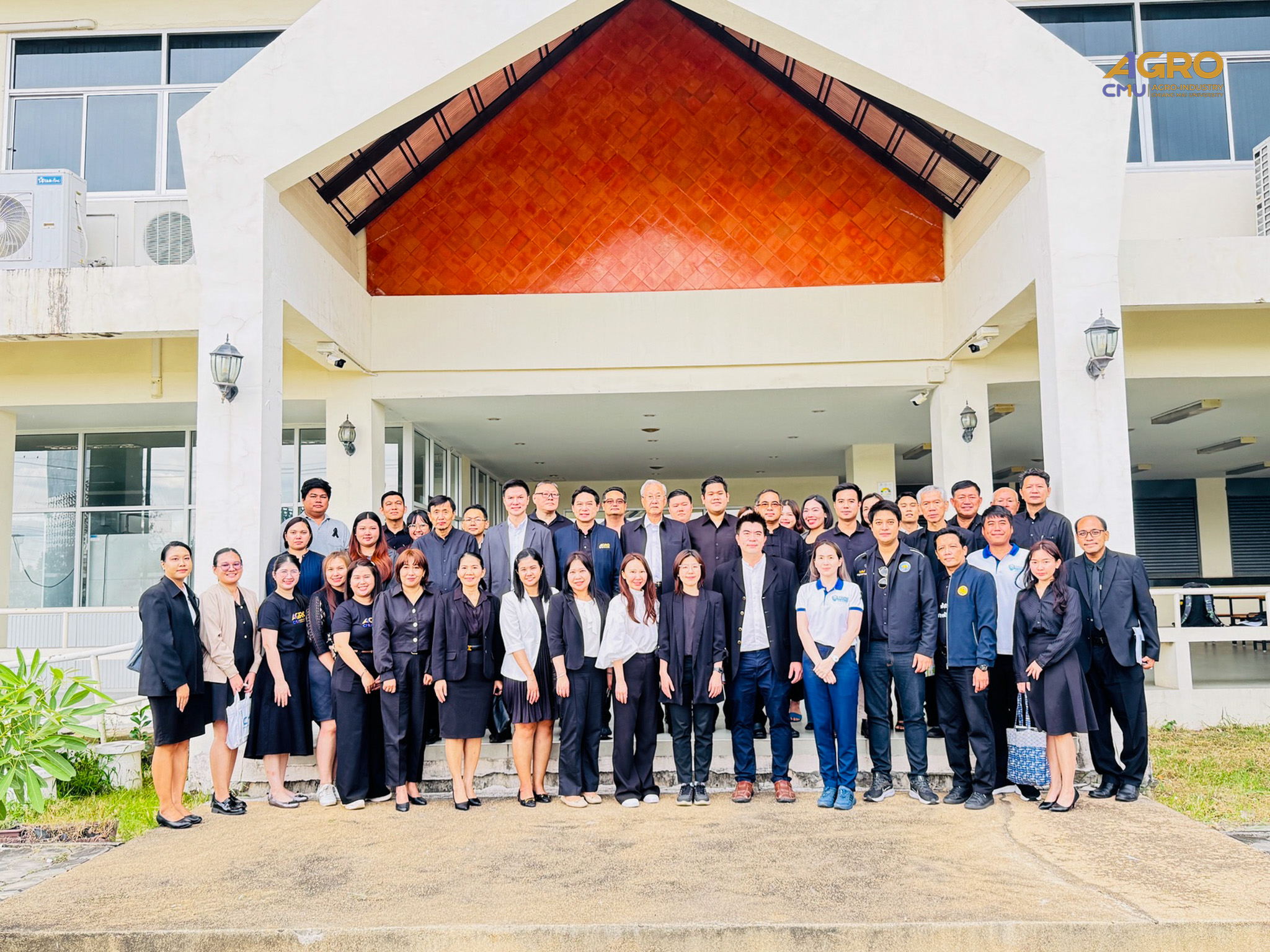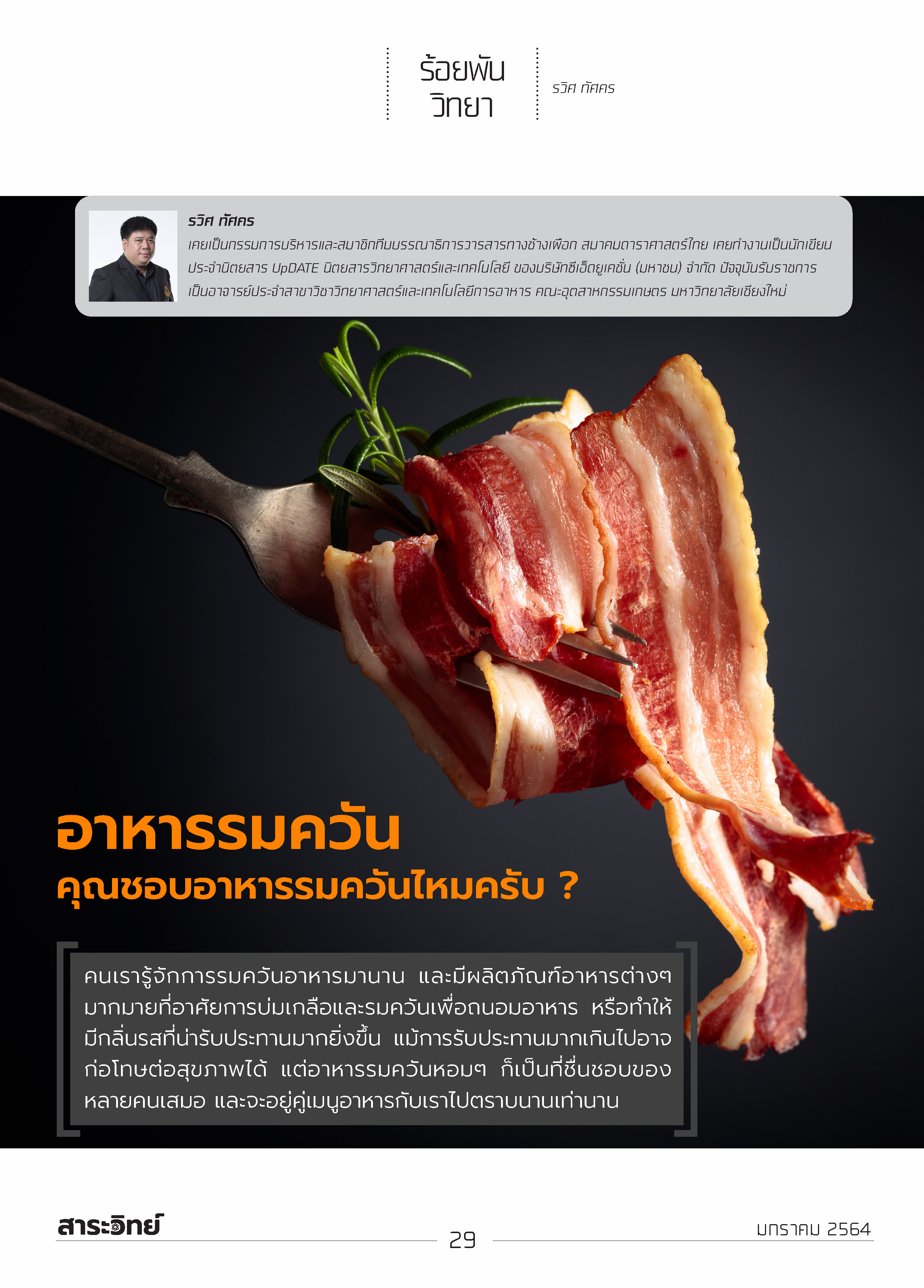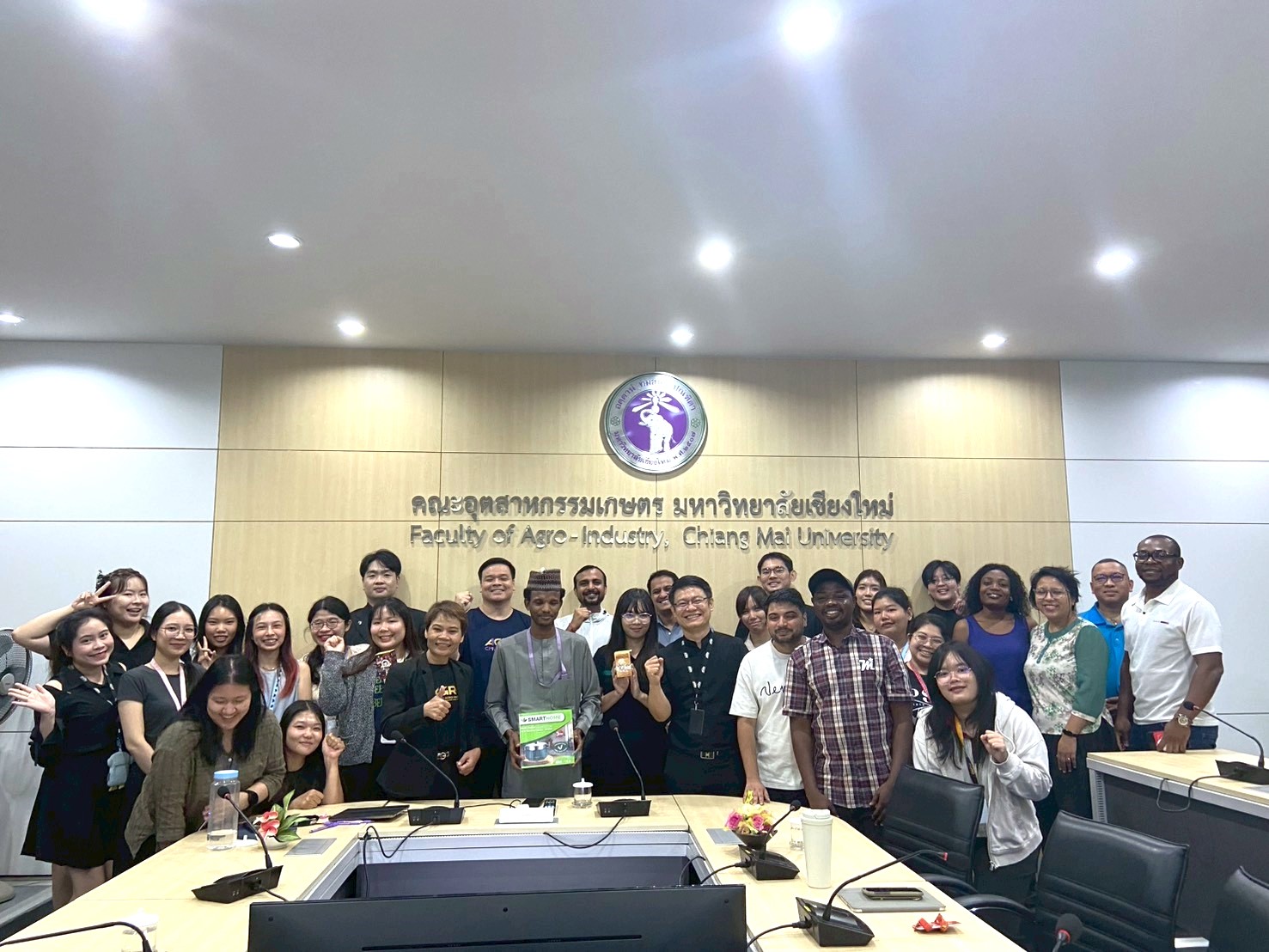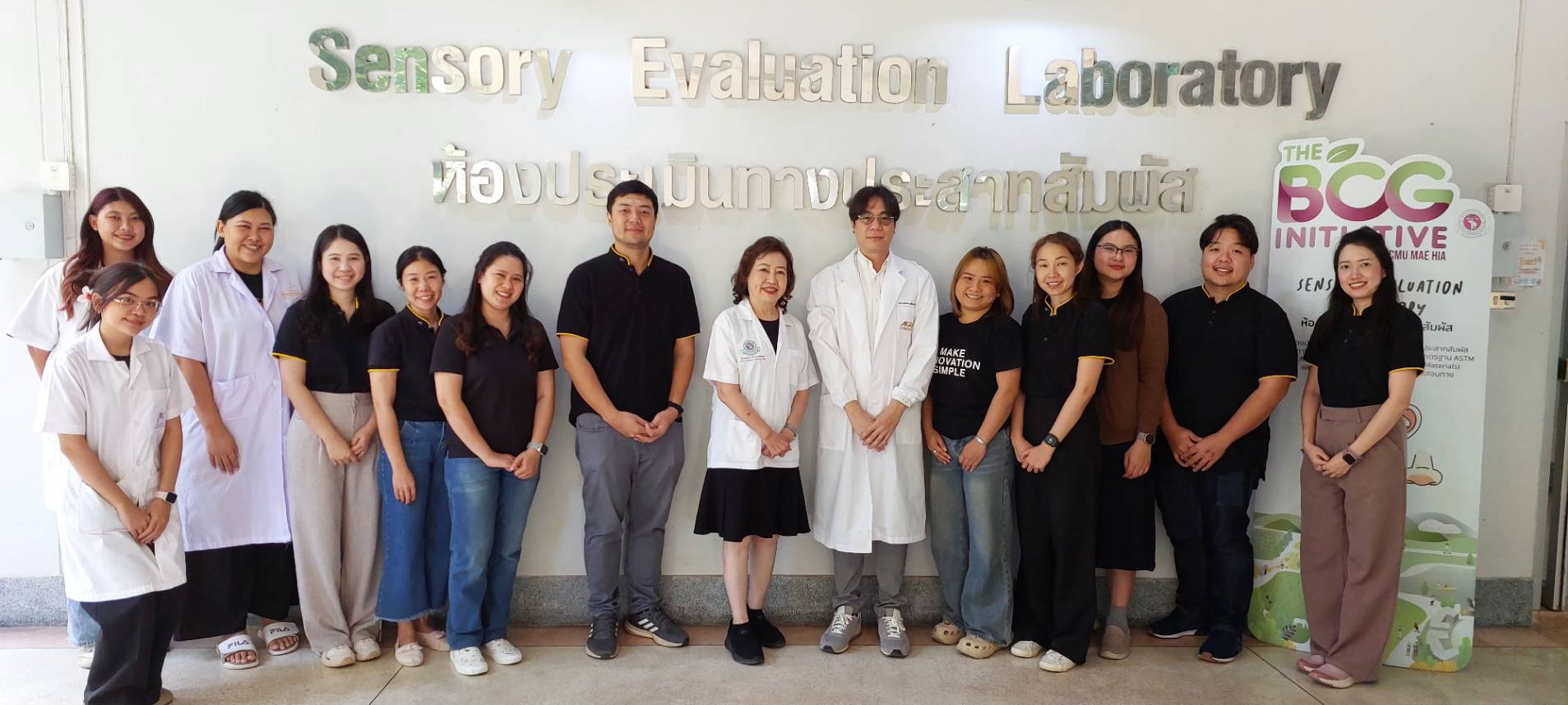
โคลีนคืออะไร? รู้จักสารอาหารสำคัญกับบทบาทในสุขภาพตับ
โคลีน (Choline) เป็นสารอาหารจำเป็นที่ร่างกายต้องใช้ในการทำงานของสมอง ระบบประสาท และการเผาผลาญไขมัน พบมากในไข่แดง เนื้อสัตว์ ปลา ถั่ว และธัญพืชบางชนิด ร่างกายสามารถสร้างโคลีนได้เองในปริมาณเล็กน้อย แต่ส่วนใหญ่ต้องได้รับจากอาหาร ในงานวิจัยนี้ ได้ศึกษาความสัมพันธ์ระหว่างปริมาณโคลีนที่บริโภค กับโรคไขมันพอกตับจากความผิดปกติของระบบเผาผลาญ (Metabolic dysfunction-associated steatotic liver disease, MASLD) และการเกิดพังผืดในตับ (liver fibrosis) โดยใช้ข้อมูลจากประชากรในสหรัฐฯ ปี 2017–2020 ผลการศึกษาพบว่า โคลีนไม่ได้ส่งผลต่อความเสี่ยงในการเกิดโรค MASLD แต่ในผู้ที่เป็นโรคนี้อยู่แล้ว การบริโภคโคลีนในปริมาณมากอาจเพิ่มความเสี่ยงในการเกิดพังผืดในตับ โดยเฉพาะในผู้ชายและผู้ที่อ้วนลงพุง
Choline is an essential nutrient that supports brain function, the nervous system, and fat metabolism. It's mostly found in egg yolks, meat, fish, legumes, and some grains. While the body can make a small amount, most choline must come from food. A study using 2017–2020 U.S. National Health and Nutrition Examination Survey data explored choline intake and its link to metabolic dysfunction-associated steatotic liver disease (Metabolic dysfunction-associated steatotic liver disease, MASLD). No link between choline intake and the chance of developing MASLD was observed. However, in people who already had MASLD, higher choline intake was associated with a greater chance of liver fibrosis—especially in men and those who were overweight or had central obesity.
Topic: Total choline intake, liver fibrosis and the progression of metabolic dysfunction-associated steatotic liver disease: Results from 2017 to 2020 NHANES
Authors: Taesuwan, S.| Kouvari, M.| McKune, A.J.| Panagiotakos, D.B.| Khemacheewakul, J.| Leksawasdi, N.| Rachtanapun, P.| Naumovski, N.
Abstract:
Objectives: This study investigated the cross-sectional relationships of total choline intake with the prevalence of metabolic dysfunction-associated steatotic liver disease (MASLD) and its progression to liver fibrosis. Study design: The study used data on total choline intake, hepatic steatosis, and liver fibrosis from the cross-sectional 2017–2020 National Health and Nutrition Examination Survey, including 24-h dietary recalls and liver ultrasound elastography (FibroScan®). Main outcome measures: Steatosis was defined as a controlled attenuation parameter score ≥ 285 dB/m. Fibrosis was defined as median liver stiffness ≥8 kPa. Complex survey-adjusted regression models were used in all analyses. Effect modification by sex, race, and cardiometabolic risk factors was investigated. Result: Total choline intake was not associated with MASLD status (n = 5687; odds ratio per 100 mg/d [95 % confidence interval]: 0.96 [0.85,1.09]; P = 0.55). However, among people with MASLD, a higher total choline intake was associated with higher odds of fibrosis (n = 2019; 1.15 [1.01,1.30]; P = 0.03). This association was observed in men (P-interaction = 0.1; 1.23 [1.02,1.48]; P = 0.03), but not in women (1.05 [0.88,1.24]; P = 1.0). Choline intake also tended to be positively associated with fibrosis in people with MASLD who were overweight or had central obesity (P-interaction = 0.02; 1.15 [1.00,1.34]; P = 0.06). Conclusions: Overall, no significant association was observed between total choline intake and the prevalence of MASLD. However, in people with MASLD, a higher choline intake was associated with higher odds of developing liver fibrosis. This association appeared to differ by sex and cardiometabolic risk factors.
Keywords: Cardiovascular disease; Choline; Diet; Fatty liver; MASLD; NAFLD
View at publisher: https://www.clinicalkey.com/#!/content/playContent/1-s2.0-S0378512224002457?returnurl=https:%2F%2Flinkinghub.elsevier.com%2Fretrieve%2Fpii%2FS0378512224002457%3Fshowall%3Dtrue&referrer=
#อกมช. #agrocmu #CMU





